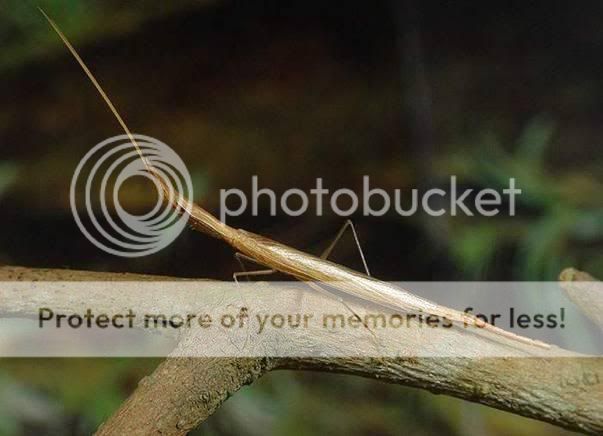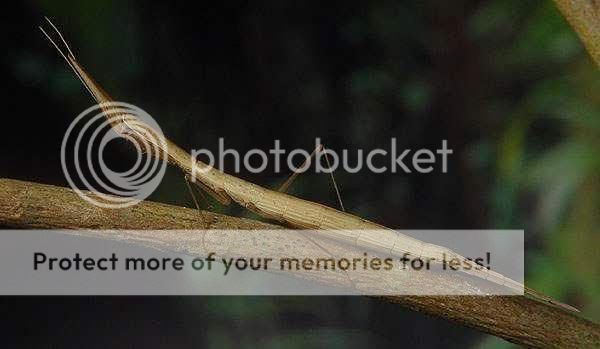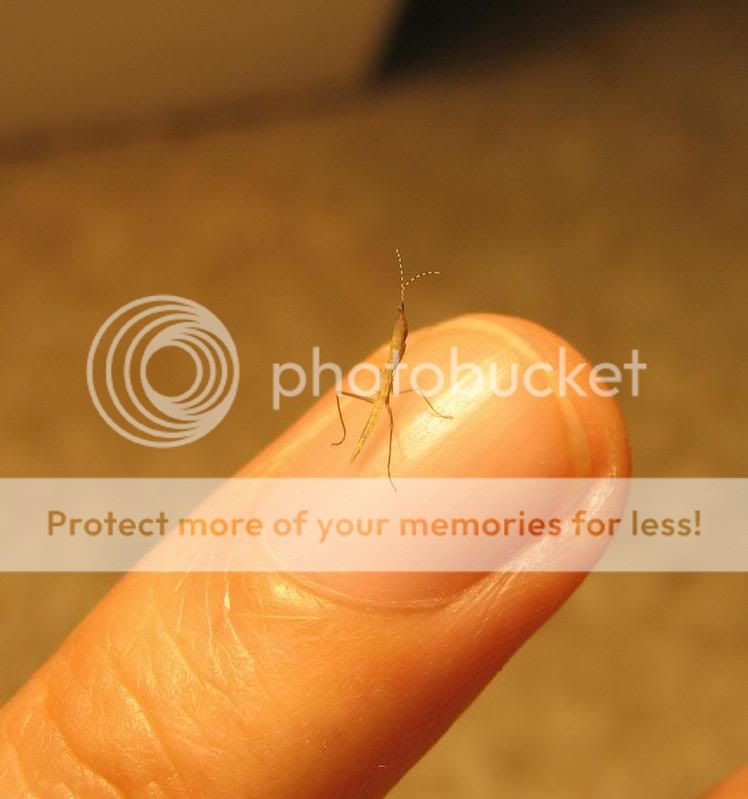This is the last new species i have. As i am leaving this hobby they are up for adoption. Anyone interested and wants to adopt them please send me e-mail. It is free but you pay shipping. BUt please make sure you can provide proper care for them. Following are some pics of this species. Check out the details on this link
D. lanceolata
http://www.usamantis.com/Dlanceolata_log.html
Adult male

Adult female

Hatchling



D. lanceolata
http://www.usamantis.com/Dlanceolata_log.html
Adult male

Adult female

Hatchling















































